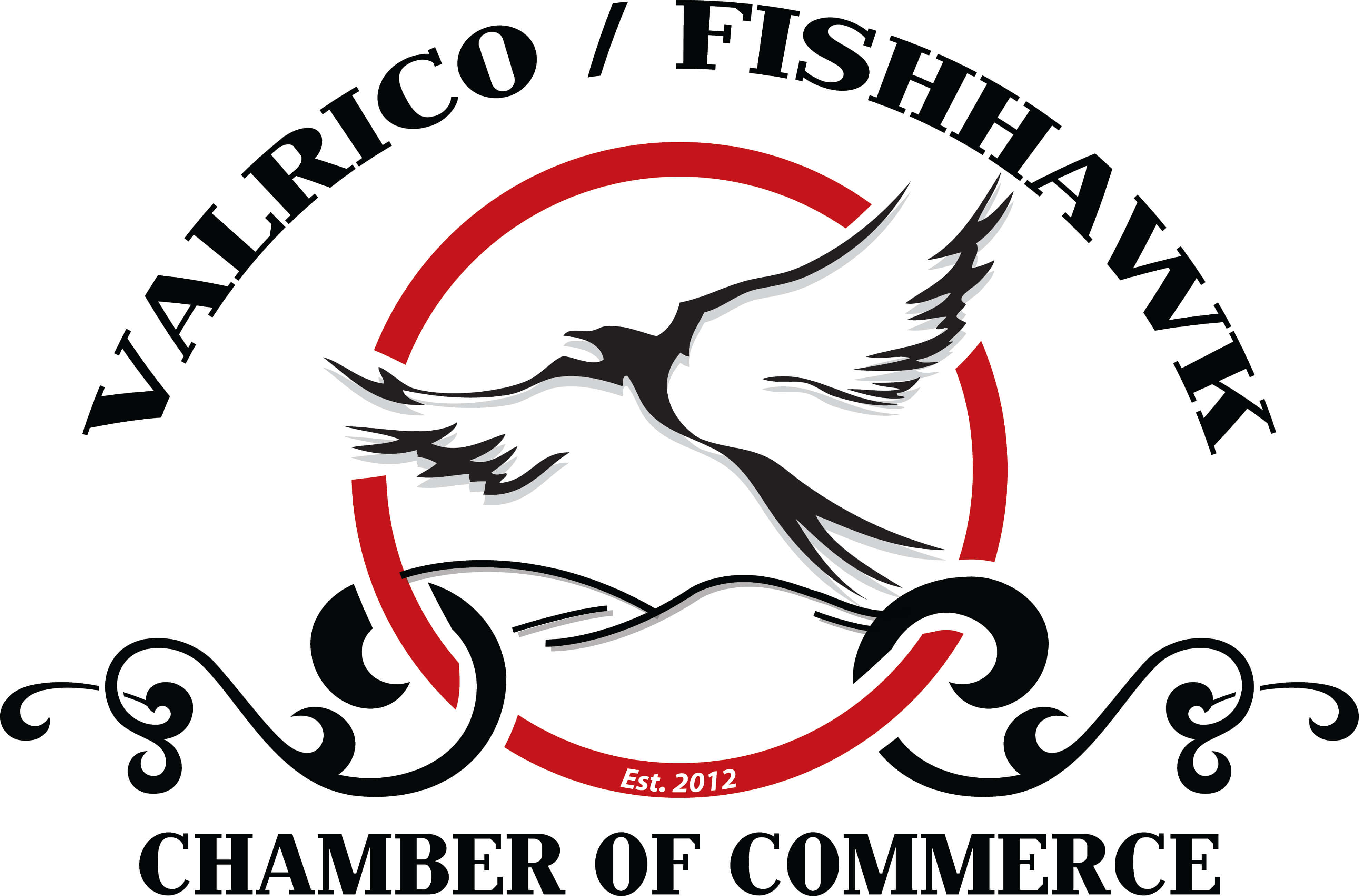Navigating Document Management for Small Business Owners
In the swirl of daily operations, document management tends to rank low on the priority list for many small business owners. It's easy to see why—juggling sales, payroll, client communications, and hiring doesn’t leave much time to contemplate where last year’s tax return was filed or how long a vendor contract has gone unreviewed. Yet when a misplaced file snowballs into a late fee, a lawsuit, or a lost customer, the value of a well-oiled document system becomes crystal clear. Solid document practices don’t just protect against chaos; they actively support efficiency, transparency, and growth.
Don’t Let “Organized Chaos” Fool You
Many business owners operate under a system they believe works—until it doesn’t. That stack of papers on the corner of a desk might be lovingly referred to as the “in-progress pile,” but all it takes is a missed invoice buried halfway down to throw off cash flow. Keeping everything in your head, or worse, scattered between email inboxes and desktop folders, is a recipe for mental overload. Even a loose structure with predictable folder names, shared access rules, and clearly labeled digital files outperforms ad hoc memory. Clean up once and set the standard—it’ll save hours over time.
Make Retention Policies a Ritual
Most businesses don’t think about how long they should keep records until they’re staring down the barrel of an audit or litigation. That’s too late. Set a standing policy for how long to retain different types of documents—receipts, employee records, contracts, marketing assets—and stick to it. There are solid guides from the IRS and state agencies that can help, but the key is consistency. Automating deletion dates where possible or scheduling quarterly reviews can prevent document creep and reduce digital storage costs.
Don’t Overshare the Wrong Details
It’s easy to overlook what’s embedded in a document when you’re focused on sending it out the door. Before sharing files externally—especially those containing pricing, client details, or employee data—take time to permanently erase sensitive information using a redaction tool, not just by hiding or deleting text. Failing to do so can lead to data exposure, legal risk, or unintentional breaches of trust. A proper redaction tool helps you protect privacy while maintaining a professional, polished file; if you're unsure where to begin, start by learning how to redact a PDF.
The Cloud Isn’t Optional Anymore
There was a time when storing files locally felt like the safer bet. Today, cloud-based document management is not just about convenience—it’s about survival. Fires, floods, or even a stolen laptop can wipe out years of data without remote backups. Using a platform like Google Workspace, Dropbox Business, or OneDrive allows for encrypted backups, permissions-based sharing, and remote collaboration. Just be sure to train staff on the system and avoid the “everyone does it differently” trap that often plagues shared drives.
Paper Still Has a Role—Use It Intentionally
Despite the digital shift, paper isn’t dead. Legal documents, handwritten notes, signed agreements—they’ll continue to exist in hard copy for the foreseeable future. But these shouldn’t become orphans in a digital-first system. Scanning tools are now fast, cheap, and often built into mobile apps; make it routine to scan paper docs the moment they arrive. Use file naming conventions that match digital ones, so the physical archive remains aligned with its online twin. That way, when it’s time to find an old lease or signed waiver, no one’s digging through dusty boxes.
Teach, Don’t Just Tell
Too many document systems collapse because they’re built by one person and ignored by everyone else. Building a culture of shared responsibility is more important than enforcing rules from above. Instead of a dense instruction manual no one reads, consider recording short screen-share videos demonstrating how to name, store, and retrieve documents. Schedule a quick onboarding call for new hires focused solely on digital hygiene. When the team understands the “why,” they’ll be far more likely to follow the “how.”
Good document management is invisible when it’s working and painfully obvious when it’s not. For small business owners, it’s a foundational habit that often sets the tone for the rest of the operation. While it’s tempting to treat it as a background task or something to fix “later,” the reality is that every client record, employee file, and spreadsheet tells a story about how the business operates. Those stories are easier to write—and rewrite—when they’re organized, accessible, and secure from the start.
Join the Valrico Fishhawk Chamber of Commerce to connect with local businesses, support your community, and grow your network with our exciting events and opportunities!

